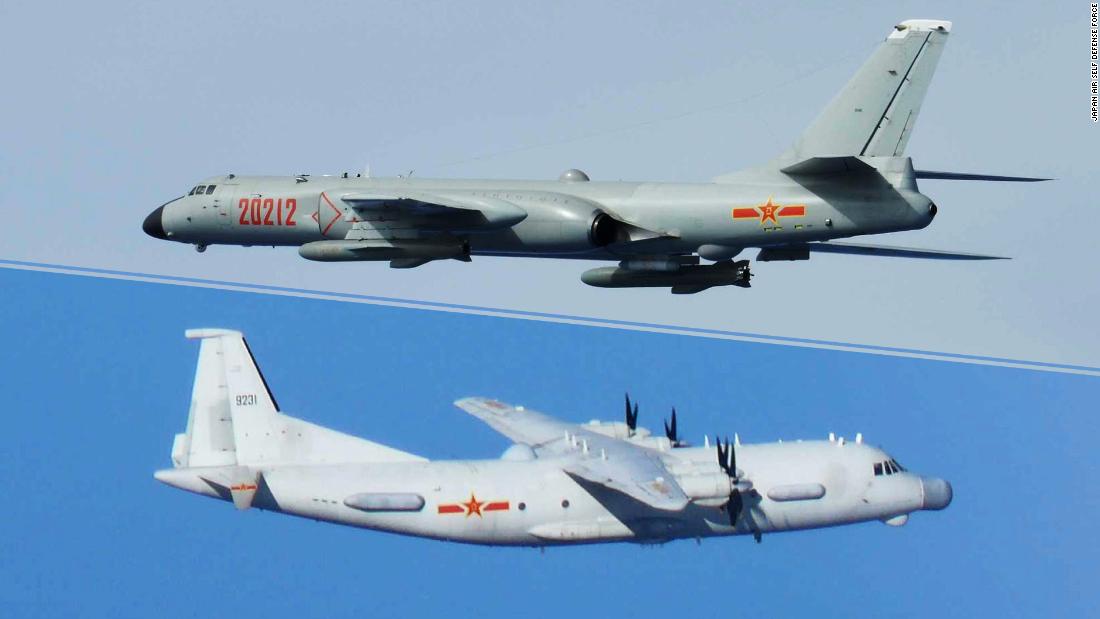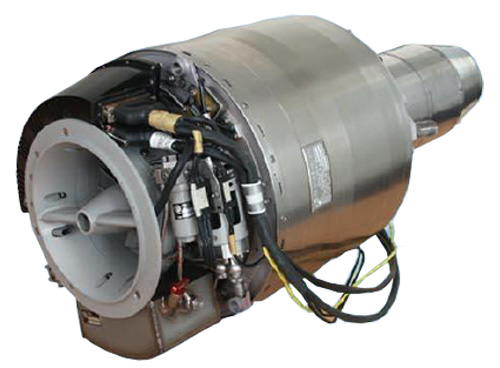- Joined
- Oct 3, 2020
- Messages
- 2,190
- Likes
- 4,386
What we are saying is for these campaigns you can compensate inferior engines by more number of engines as China is Communist state where funding won't be problemPLAAF in campaign to wear out Japanese fighters
This is a strategy of pure attrition created by immensely high flight volumes. The Chinese aircraft involved are mostly J-16s and J-11Bs powered by WS-10s. The Japanese aircraft involved in response are J-15Js with F100s.
While US and Canadian aircraft do about seven intercepts a year, the Japanese must do nearly a thousand!
This is intended to wear down the Japanese air force so they simply accept Chinese aircraft going through certain areas claimed by both nations.
China is betting its fighters can simply overwhelm the Japanese and their fighters with the numbers of flights.
This is an endurance contest between the logistics and maintenance ability of China and Japan -- it cannot be run if the engines of the Chinese planes were inferior

Japan's air force faces a 'relentless' burden, imposed by China
Japanese fighter pilot Lt. Col. Takamichi Shirota says his country is under increasing pressure from the air. Analysts say it's a pressure faced by few other nations.amp.cnn.com
Japan's air force faces a 'relentless' burden, imposed by China
By Brad Lendon and Yoko Wakatsuki, CNN
Updated 12:08 AM EDT, Wed July 29, 2020
...
The air forces of the 27 European members of the North Atlantic Treaty Organization (NATO) combined flew fewer than half the intercepts last year than Japan did.
"I can tell you that over the 12 months period of 2019, NATO jets took to the skies approximately 430 times to intercept or visually identify unidentified aircraft that flew either in, close to, or towards NATO airspace," Lt. Col. Michael Wawrzyniak, chief public affairs officer for Allied Air Command in Germany, told CNN.
Across the Atlantic, US and Canadian fighters under command of NORAD, the North American Aerospace Defense Command, has averaged just seven intercepts a year
...
Analyst Peter Layton, a former Royal Australian Air Force pilot now with the Griffith Asia Institute, believes the pressure China puts on Japan by air is part of a larger plan.
"I think China wants to keep the JASDF off-balance and reactive, wear out its aircraft and air crew, gain training and keep the pressure up daily on who owns the disputed islands," Layton told CNN.
In a commentary last year written for The Interpreter blog from Australia's Lowy Institute, Layton detailed just how far the Chinese flights stretch the JASDF, and how China has the resources to push Japan to limits it may not be able to reach.
"
The JASDF's fleet of some 215 F-15J aircraft bears the brunt of scramble tasking," he wrote.
"Since 2016, the JASDF have often launched four aircraft for each scramble.
"These daily scrambles are gradually wearing the F-15J fleet out. The concern is that China has some six times more fighters then the JASDF, and could further ramp up intrusions whenever it considers appropriate. The in-service life of Japan's F-15J fleet is now almost a decision that lies with China," Layton said.
And the actual budget in defense might be very high than what's being told



